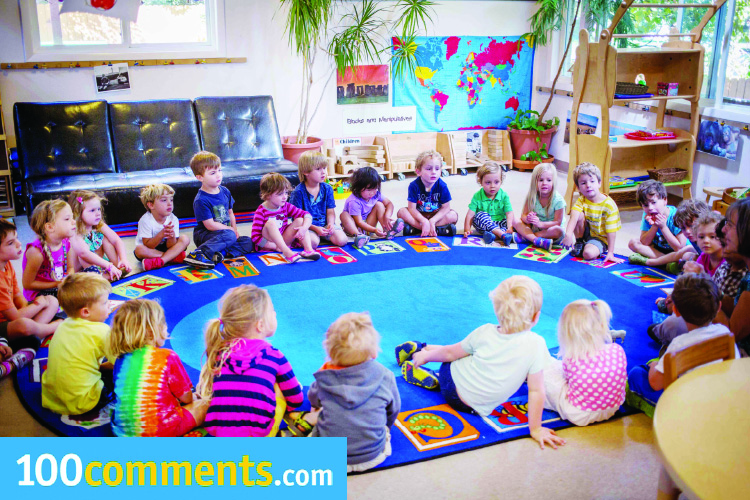A child’s brain is at rapid growth in the first six years of his life which makes early childhood education extremely important. Preschool is an essential part of every young child’s life, for it’s where ‘formal’ learning takes off. There are a few preschool approaches available however, and if you are not familiar with them, this article is for you.
Back in the day, parents were only aware of the teaching and learning method where teachers teach the ABC and numbers and children basically repeat and memorise what they hear. While the objective still remains the same today, that is, to help little ones get used to schooling life and gain some basic education, the approaches may vary.
Table of Contents
Traditional approach
Preschools that practice the traditional approach usually focus only on academic. In this approach, children are taught the basics of reading, writing and counting to prep them for primary school. Besides that, children are taught in a very structured manner through activities, such as telling stories, arts and crafts along with a routine play time.
Montessori approach
The montessori method focuses on the overall needs of a child’s development which is more than just academics. The main element practiced is to let a child roam free with no boundaries in a well-equipped and neat environment, while making sure children are exposed to stimulating materials.
Apart from that, children are also exposed to daily routines as a part of teaching them useful life skills, such as basic sewing, tying shoelaces; cleaning up after themselves and putting away things once they are done using them.
Reggio Emilia approach
The Reggio Emilia approach believes that children have the ability and desire to develop their own knowledge and thinking skills. Here, children learn by interacting with parents, teachers and friends.
A good example would be; a teacher would sit down with maybe one or two children, give them a certain topic (after observing what they show interest in) and ask them questions about it, allowing them to express themselves and their knowledge on that certain topic, and the teacher does this without actually giving them any ideas or answers.
Waldorf approach
The Waldorf education system aims to encourage an education environment that is safe for children. Some of the activities they carry out include; imaginative thinking, storytelling and art. Learning activities are carried out through creative methods such as reading, acting and singing. Additionally, children are also taught useful skills such as cooking and gardening.
An interesting fact is that this system does not use any physical academic objects. For example, children are not given any homework. Plus, children are not exposed to the common method of studying. The elements of early childhood are staunchly maintained throughout and they are not given notes to study from and don’t have to sit through any tests.
















